Problem:
All Endpoints from Branch locations can call HQ, but HQ is unable to call them as shown below.
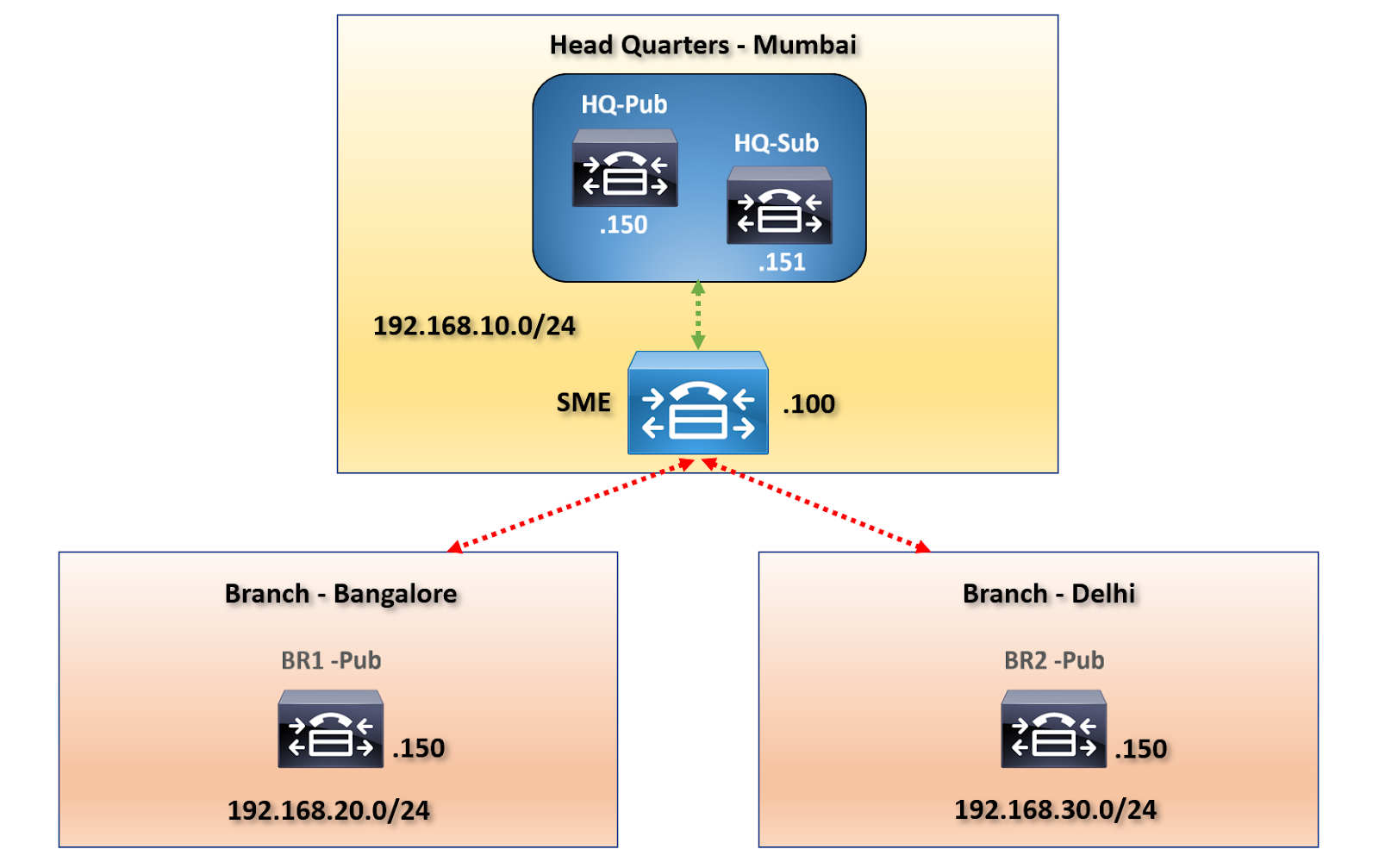 Topology
Topology
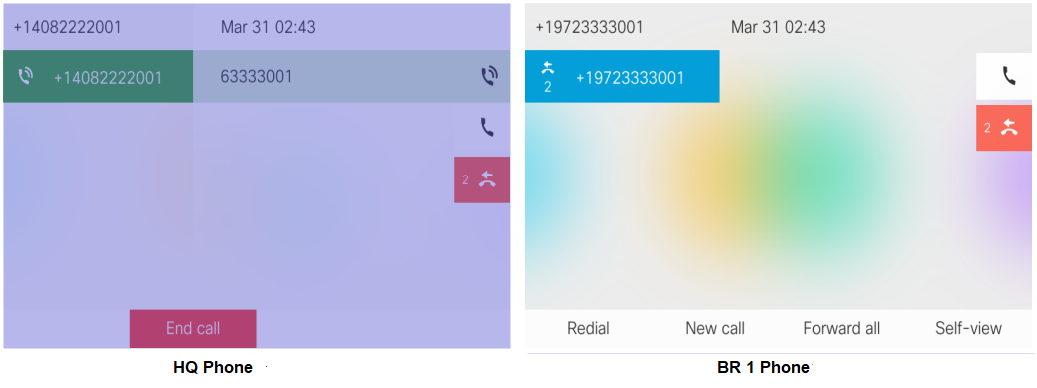 Call Fails from HQ to BR1
Call Fails from HQ to BR1
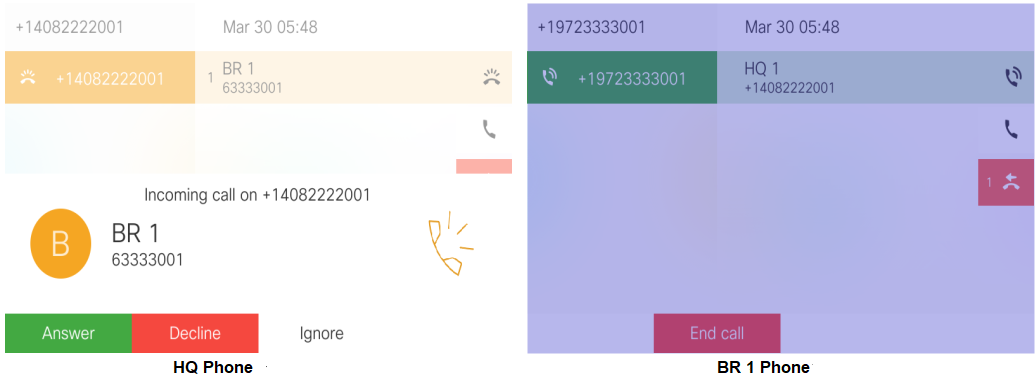 Call Successful from BR1 to HQ
Call Successful from BR1 to HQ
Troubleshooting:
All Clusters are configured with ILS/GPDR for Inter-site Dialing with SME as a Centralized Unit.
Step 1:
Understand/Analyze Call Flow.

Also, verify if IP Phone has visibility to Dialed or Learned Number.
NOTE: DNA doesn’t work in case of ILS/GDPR
Steps 2:
Make a test call to any Branch and collect the SDL logs from HQ-SUB (primary call processing node), SME, and BR1.
You can either use RTMT or CUCM CLI login.
In case, if you are using CUCM CLI use below command to capture SDL traces.
“file tail activelog cm/trace/ccm/SDL recent”
Step 3:
SIP Call Flow
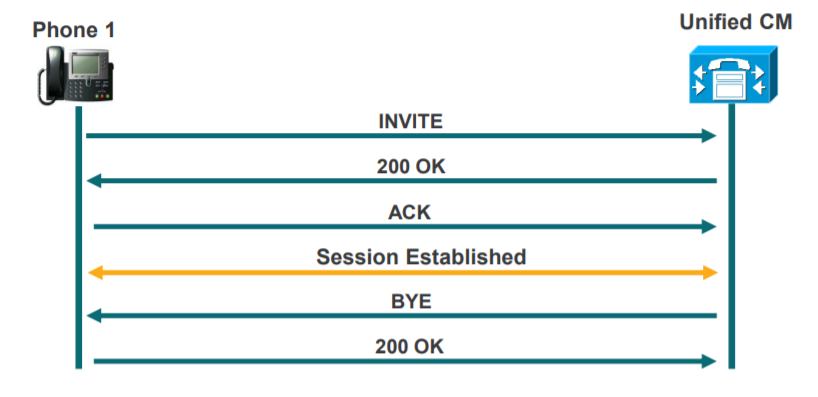
This is how the Basic SIP Call Setup looks like when the calls are working properly. Now Let’s have a look at Call Flow Diagram for our scenario.
HQ-Sub
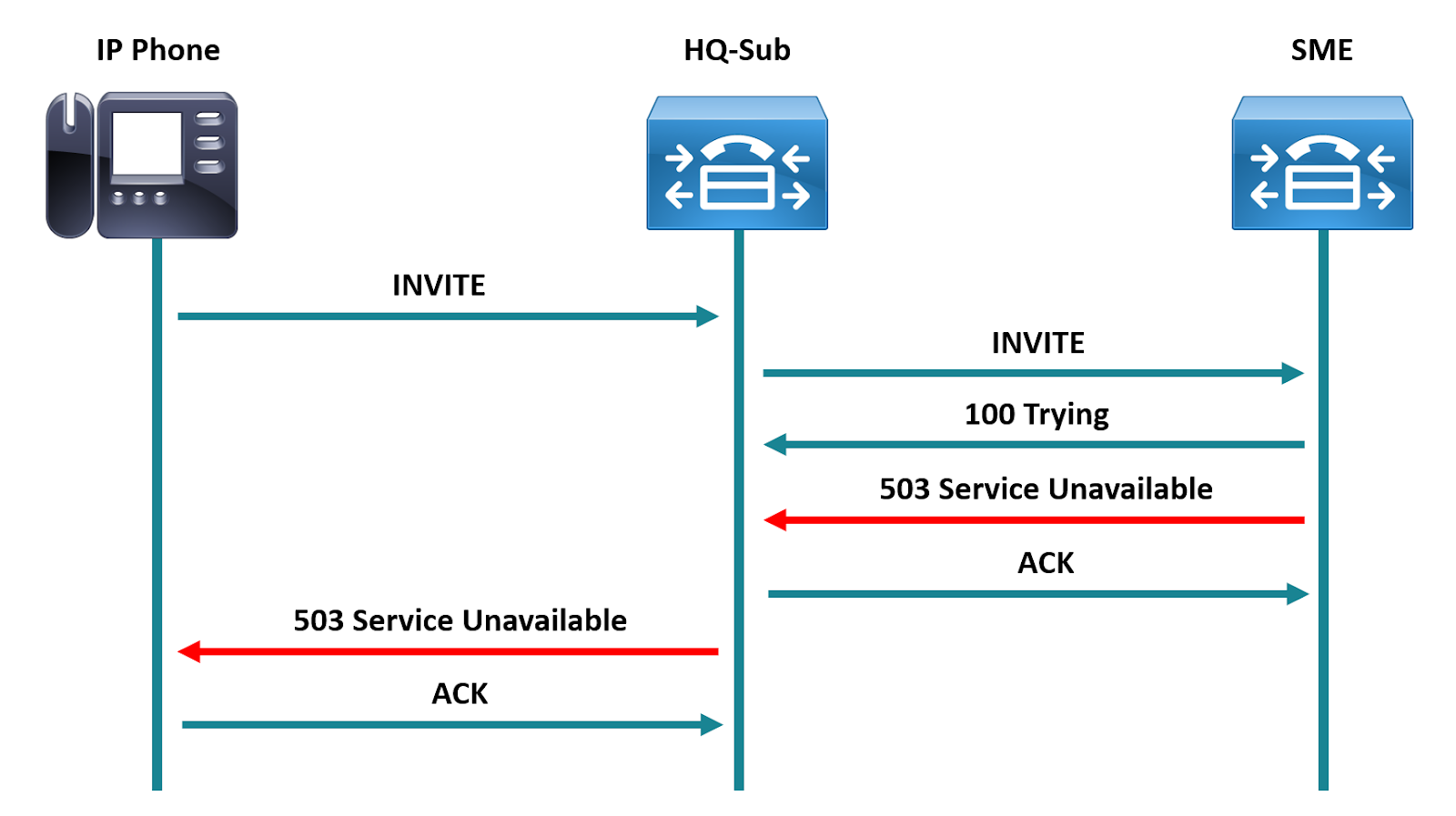
As per the logs, we are receiving SIP Response “503 Service Unavailable” from SME, which is the cause of call failure.
Let’s analyze it further and have a look at SDL logs on SME.
HQ-SME
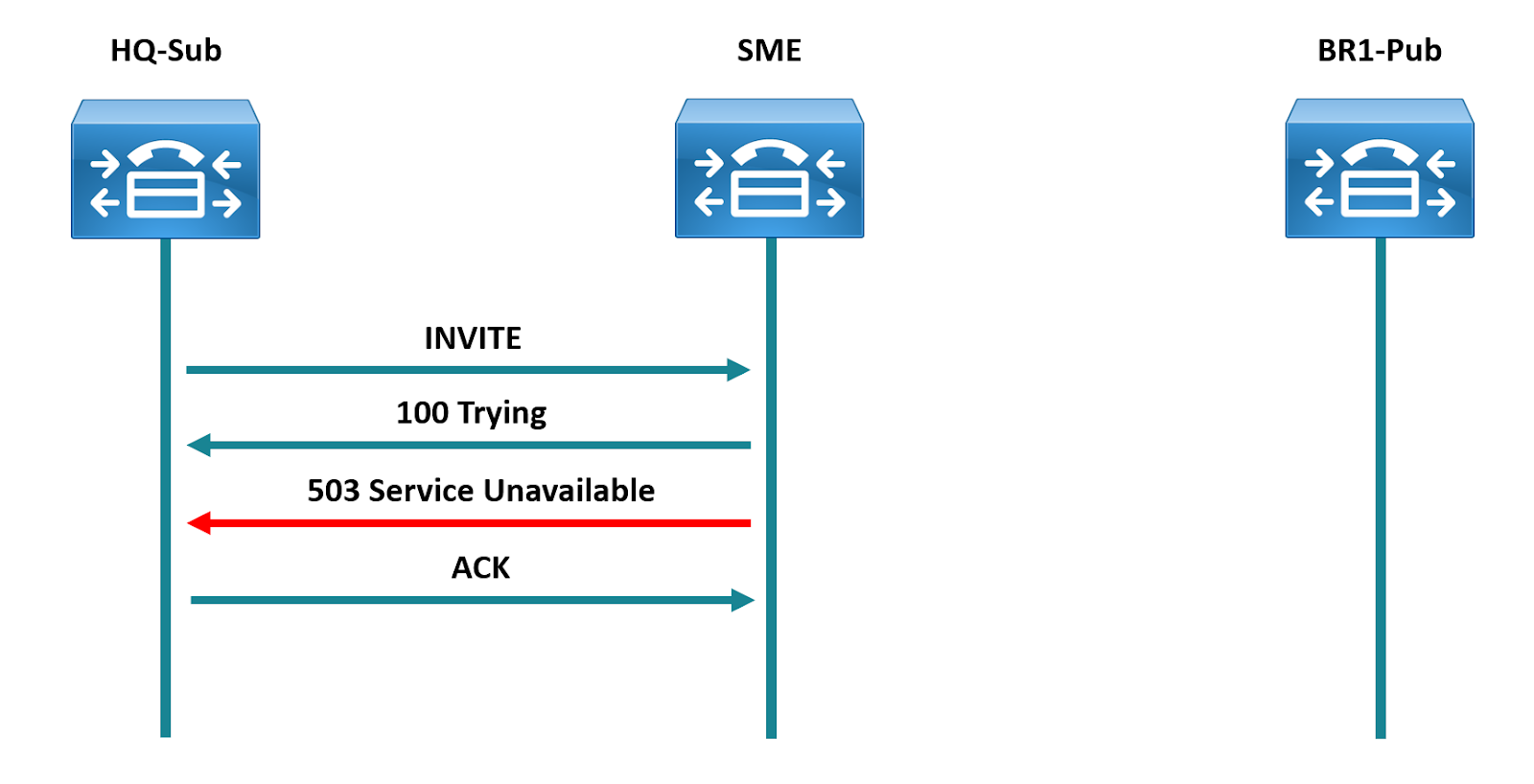
As per the logs, no SIP Request is being forwarded to BR1-Pub. It indicates that the “503 Service Unavailable” was been generated by SME.
SIP Responses
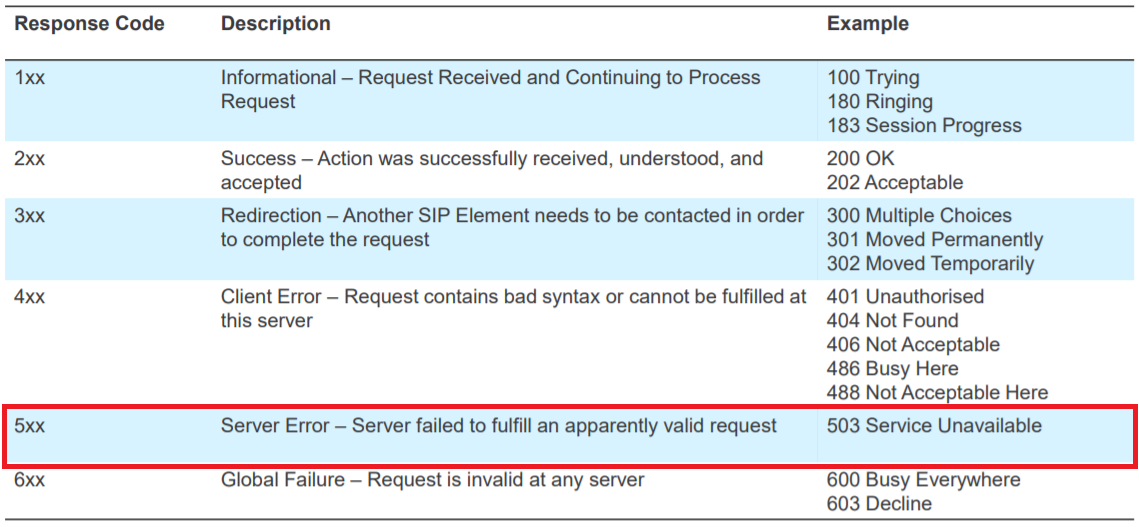
Following is the snippet for SIP Response received from SME.


In our case, Subscriber is Primary Call Manager on HQ, while the IP address configured on SME to HQ SIP trunk is pointing towards HQ Publisher (Backup Call Processing node).
This is the reason Call from HQ to all Branch Clusters is failing.
Resolution:
Currently, SIP trunk on SME which is pointing towards HQ-Pub.

We need to make sure that SIP Trunk is pointing towards Primary Call Manager (HQ-Sub) and not to Secondary (HQ-Pub) as below.

Reset the SIP trunk once the destination address is modified.
Verification:
Make a test call from HQ to BR 1.
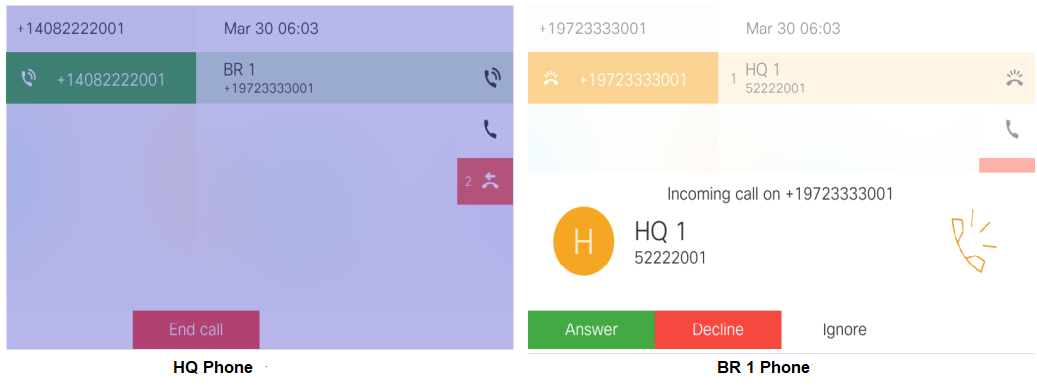
Call between HQ to all BR is successful.
Summary:
In our scenario depicted above HQ-Sub is a primary call processing node. The primary call processing node has the Cisco Call Manager Service enabled. Devices such as phones, gateways, and media resources can register and make calls only to servers with this service enabled.
Whereas IP address configured on the SME to HQ SIP Trunk is pointing towards HQ Publisher which is not a primary call processing server, whereas the Source IP address that is sending the SIP INVITE is of HQ Subscriber and it does not exist in the SIP Trunk in CUCM. This is the reason behind the 503 Service Unavailable.


